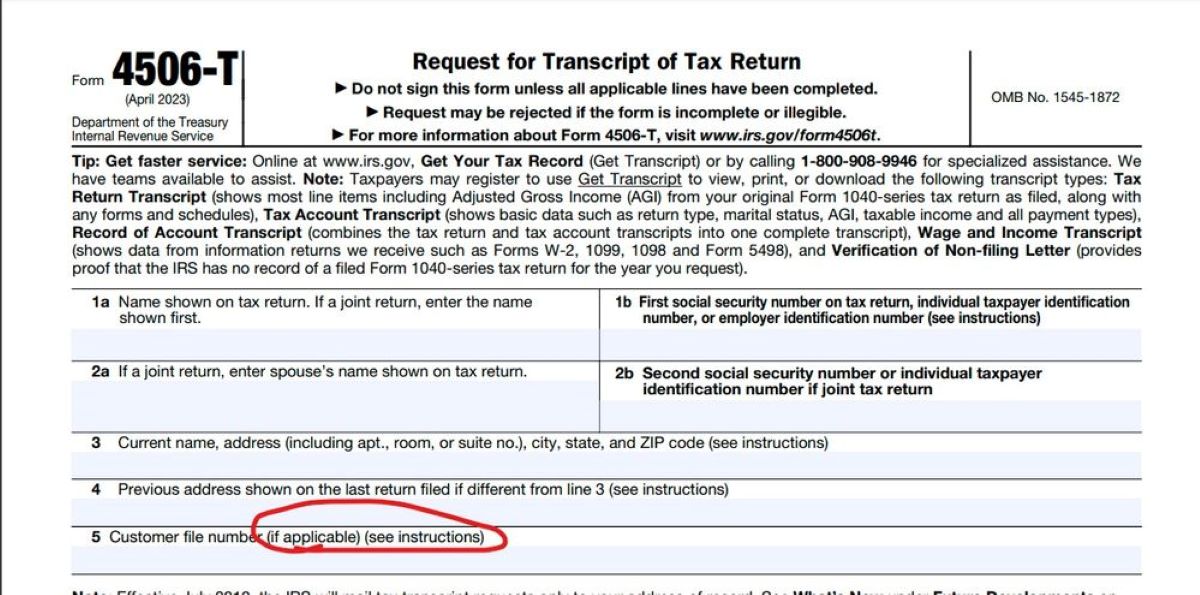Home>Finance>What Are Franking Credits? Definition And Formula For Calculation


Finance
What Are Franking Credits? Definition And Formula For Calculation
Published: November 28, 2023
Learn about franking credits in finance. Explore their definition and formula for calculation. Understand how they impact investments.
(Many of the links in this article redirect to a specific reviewed product. Your purchase of these products through affiliate links helps to generate commission for LiveWell, at no extra cost. Learn more)
Welcome to our Finance Blog!
Are you looking for a comprehensive explanation of franking credits and how they are calculated? Look no further! In this blog post, we will demystify the concept of franking credits, providing you with a clear definition and a simple formula for their calculation. Whether you’re a finance enthusiast or simply curious about the inner workings of the financial world, this article will provide you with the knowledge you need. Let’s dive in!
Key Takeaways:
- Franking credits are a type of tax credit available to shareholders of Australian companies.
- These credits are intended to prevent double taxation on company profits.
Now, let’s start by understanding what exactly franking credits are. When an Australian company pays taxes on its profits, it has the option to pass on a portion of those tax payments to its shareholders in the form of franking credits. Essentially, these credits represent the taxes already paid by the company on the income being distributed to shareholders.
Franking credits are particularly beneficial for individuals who fall into a lower tax bracket than the company itself. By receiving these credits, shareholders can reduce their overall tax liability by the amount of tax already paid by the company in question. This helps to avoid the situation of double taxation on company profits.
Now, you must be wondering how to calculate franking credits. The formula for calculating franking credits is relatively straightforward. Here it is:
- Identify the dividend amount received from the Australian company.
- Multiply the dividend amount by the franking rate, which is expressed as a percentage.
- Subtract this calculated amount from the dividend amount to determine the franking credit.
To illustrate this calculation, let’s consider an example. Suppose you receive a dividend of $1,000 from an Australian company, and the applicable franking rate is 30%. By multiplying the dividend amount ($1,000) by the franking rate (30%), you would get a result of $300. Subtracting this from the dividend amount ($1,000 – $300) would leave you with $700 as the franking credit.
It’s essential to note that franking credits can be used to offset your tax liability up to the amount of tax payable on the dividend income. If the franking credits exceed your tax liability, you may be eligible for a refund or carry them forward to offset future tax liabilities.
In conclusion, franking credits are an integral part of the Australian tax system, designed to prevent double taxation for shareholders. By understanding the concept and knowing how to calculate them, you can make the most of these credits and optimize your tax situation. Remember, knowledge is power when it comes to finance!
We hope you found this blog post informative and helpful. Stay tuned for more articles on finance-related topics. If you have any questions or would like to suggest a topic for our next blog post, feel free to reach out to us. Happy investing!














